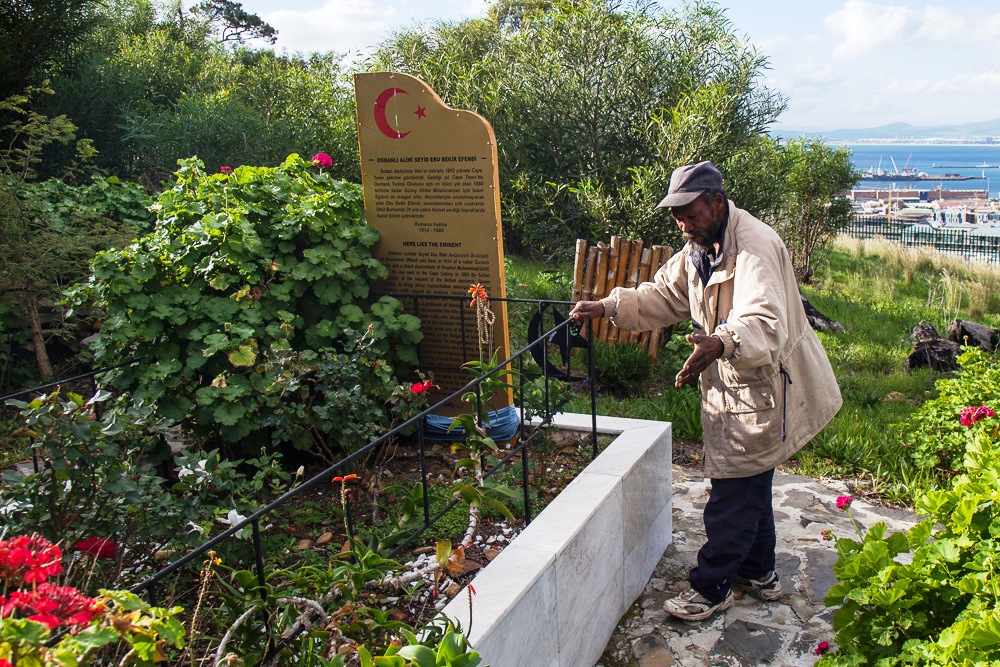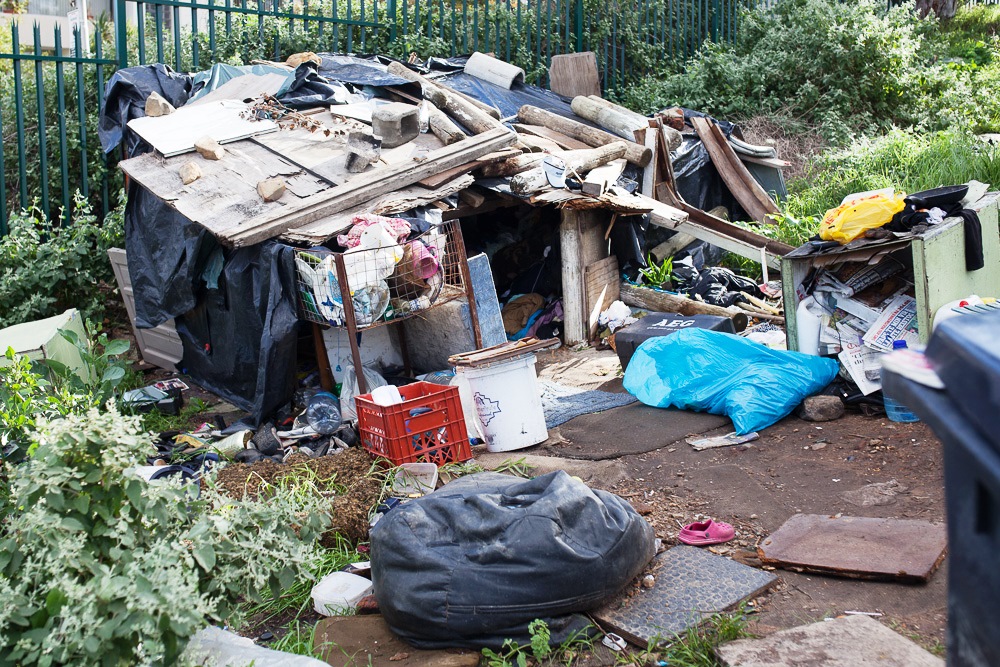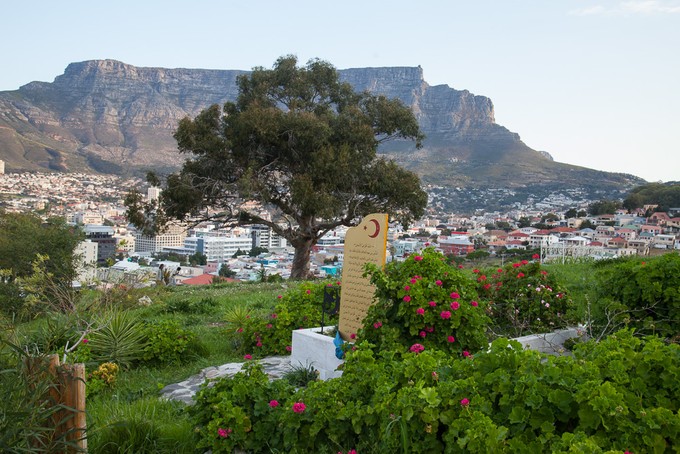Tension over family living in historical Muslim cemetery
“You don’t want to do anything that’s going to starve the kids,”says neighbour
For Muslims, the Tana Baru Cemetery in the upper reaches of Bo-Kaap is a historically important and holy burial site. It is also home to a family of four, living in poverty.
John Swartz and his family say they have been living in the cemetery for 32 years. His wife, Sarie Rex, and two children, Ebrahim (age 5) and Shahieda Rex (age 10), live in a dilapidated one-room house held together with pieces of wood, broken furniture, plastic and cardboard.

Abandoned in Parkwood by his mother when he was six, Swartz found himself begging and stealing to support his three siblings, the youngest of whom was six months old. A family took them in, but it didn’t turn out well.
“The dad abused us. He hit me very hard … He raped my sister,” says Swartz through a stream of tears. With his siblings he went to Steinthal, a children’s care facility in Tulbagh.
At 17, Swartz ran away and found himself back in Parkwood. Through sheer luck, he was reunited with his aunt. He didn’t stay long with her, because of the gangsterism and violence that plagues the area.
Swartz moved to the city, begging and sleeping on the streets, before he found the Tana Baru Cemetery.

But a local resident, who stays nearby and wishes to remain anonymous, paints a different picture. According to her, Swartz has been staying in and around Longmarket Street (which is near the cemetery) for as long as they can remember. “In the area perhaps, but not on the property [Tana Baru] itself”, she said. “When people come to Ziarat (visit the burial sites) and pay their respects, they ask why is there a shack there?”
The resident says many in the community are against Swartz living on sacred land. He gets drunk and disturbs the peace. They speak of “dodgy characters” that come and go.
Swartz and family are not the only homeless people staying on the Tana Baru grounds. There were others who were removed.
“What holds him [Swartz] is obviously the children. You don’t want to do anything that’s going to starve the kids,” said the resident.
Dr M. Aadil Bassier, chair of the Tana Baru Trust, says, “We provided him wth shack materials and a new place to stay. He was there for a month or two, but he came back. This was three or five years ago.”
“We are trying to resolve the matter in a humane way, but the guy can get very aggressive.”
“This is a heritage site that is of great value to the Muslim community. It is the first Muslim cemetery in the whole of South Africa”, he says.
As a heritage site, nothing can be constructed on it.
Currently, there is a seven-step plan in the works for the cemetery. The first of which is to preserve and maintain the heritage grounds. But with the family staying on the site, these objectives may not be able to be met.
See also Tana Baru Cemetery Uprising on SA History Online.
 The Swartz home. He says it has burned down eight times. Photo: Ashraf Hendricks
The Swartz home. He says it has burned down eight times. Photo: Ashraf HendricksSupport independent journalism
Donate using Payfast

Don't miss out on the latest news
We respect your privacy, and promise we won't spam you.
© 2016 GroundUp. 
This article is licensed under a Creative Commons Attribution-NoDerivatives 4.0 International License.
You may republish this article, so long as you credit the authors and GroundUp, and do not change the text. Please include a link back to the original article.

